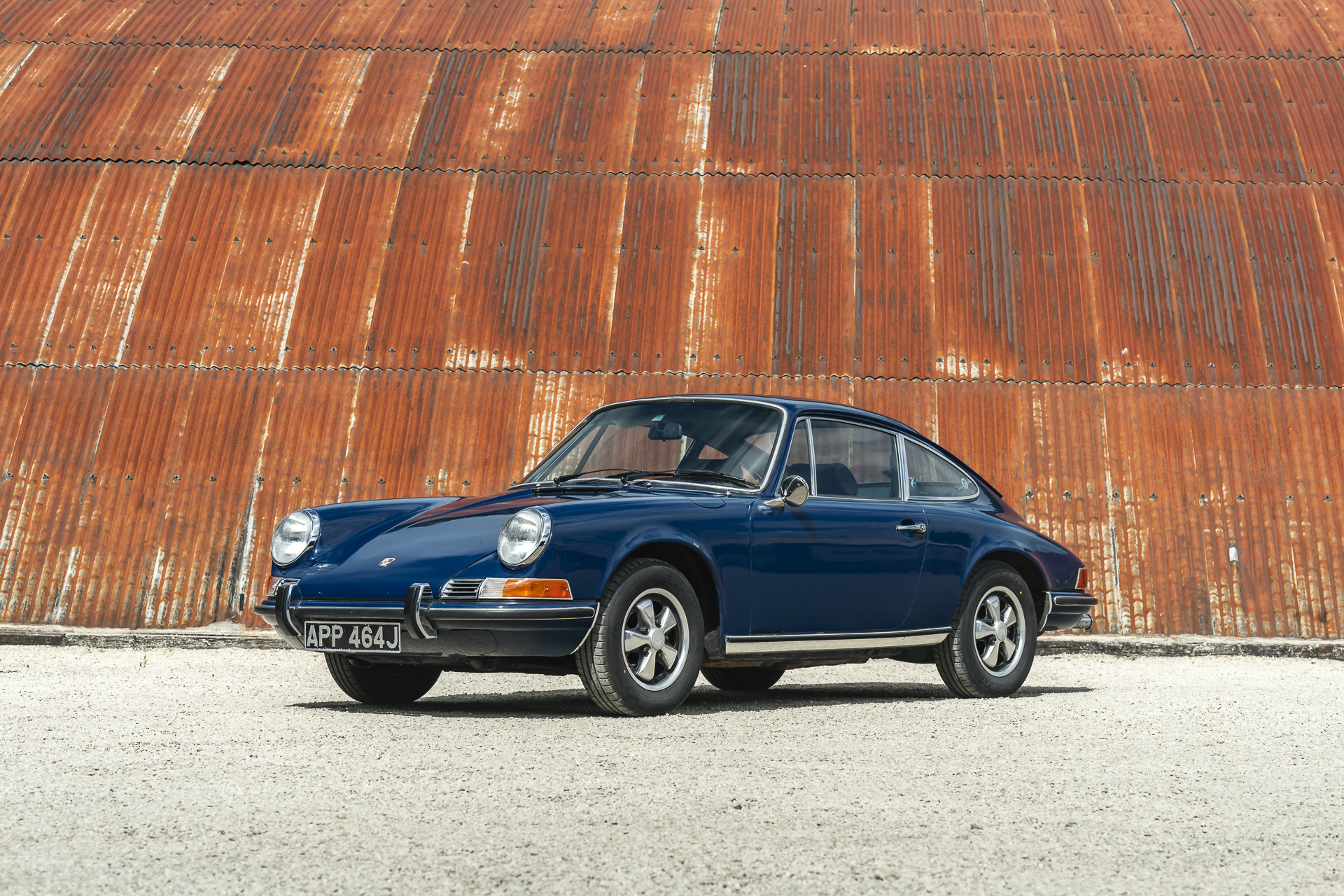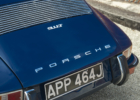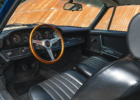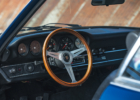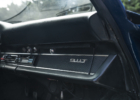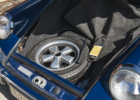1971 Porsche 911T 2.2
- Delivered new to the East Coast of America
- Matching numbers example with 5-speed transmission
- Imported to the UK in 2005
- Extensive history file with original service books
| YEAR | 1971 |
| MAKE | Porsche |
| PRICE | £62,500 |
Walk-around Video
VEHICLE DESCRIPTION
When Car & Driver magazine gathered a complete set of 911s in 1969, it was the 125bhp T that turned out to be everyone’s favourite. The road-testers included racing driver Mark Donohue, and they all appreciated the model’s torque and usability, while commenting on the overall balance from a car that wasn’t much slower than its more-powerful 911E and S siblings.

Delivered on 11 March 1971, the Porsche 911T being offered for sale here was shipped to the USA via the port of Baltimore, and its first owner was Charles Owen of Alexandria, Virginia, on the banks of the Potomac. Optional equipment included a five-speed gearbox, air-conditioning – which added $748 to the $6495 list price – and chromed steel wheels.
The car was also specified with the Appearance Group option, which added a selection of visual elements from the range-topping 911S.
The 911T had been sold to Mr Owen by Joe Heishman’s Porsche dealership in Arlington, and the original service books show that it was maintained there until at least 1976, by which time it had covered just over 34,000 miles.
It was still in Virginia in 2002, albeit now in the ownership of a Centreville-based enthusiast. At 45,000 miles, he had the original 2.2-litre, flat-six engine rebuilt, at which point a complete set of new pistons was fitted.
The Porsche was then exported to the UK and first registered here in March 2005. Its new owner soon had it inspected by an independent specialist, with the result that a round of mechanical work was carried out that included a new crank pulley and fanbelt. The gearshift mechanism and front brake calipers were rebuilt at the same time, and the floorpan was Waxoyled. More recently, the seats have been retrimmed.
This is a well-presented example of the 5-speed Porsche 911T, which has its original engine, a known history and a comprehensive file that includes the original service books. It represents exceptional value for money in the coveted world of ‘pre-impact bumper’ 911s, which have become particularly sought-after thanks to the purity of their design.
MODEL HISTORY
Over the course of nearly 60 years, the Porsche 911 has won legions of fans thanks to its blend of performance, engineering quality and clean design. It has been developed into countless variants since production began in 1964, using the basic template from the earlier 356 – a rear-mounted, air-cooled engine, but now with six cylinders rather than four.
The 2+2 layout was also carried over, and the styling was largely the work of ‘Butzi’ Porsche, son of company founder ‘Ferry’ Porsche.
Development was rapid. In 1967 came the 160bhp 911S, the base-model 110bhp 911T, the limited-run competition-spec 911R, and the option of a Targa roof. The model was also proving itself in competition: the late Vic Elford won the 1967 European Rally Championship, Pauli Toivonen did likewise in 1968, and 911s took a hat-trick of victories on the Monte Carlo Rally between 1968 and 1970.
In an attempt to tame the on-the-limit handling, the wheelbase was extended by just over two inches in 1969 – the same year in which the 911E was introduced as a ‘mid-point’ in the range, sitting between the entry-level 911T and the more powerful 911S.
While the T was fitted with carburettors, the E and S both featured a fuel-injected version of the flat-six, which was initially 2 litres before being upgraded to 2.2 litres for 1970. It was enlarged once again for the 1972 model year, this time to 2.4 litres, and US-spec 911Ts gained fuel injection.
From the 1974 model year onwards, the 911’s styling was changed to incorporate the impact bumpers demanded by regulations in North America, and the revised ‘G series’ models marked the beginning of a new chapter in the car’s long and illustrious history.
ENQUIRE NOW

Car Storage In The Cotswolds
OXFORDSHIRE • GLOUCESTERSHIRE • COTSWOLDS
